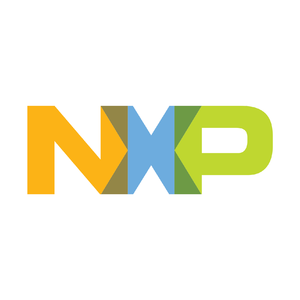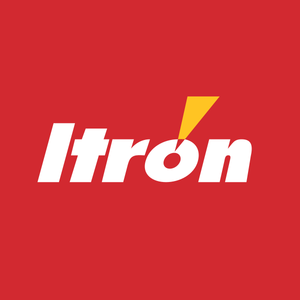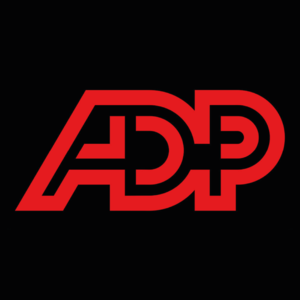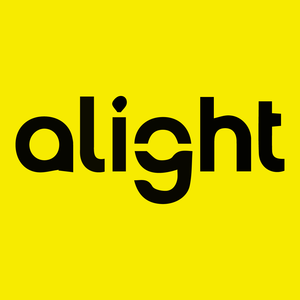
Alight (ALIT)
Alight is in for a bumpy ride. Not only did its demand evaporate but also its negative returns on capital show it destroyed shareholder value.― StockStory Analyst Team
1. News
2. Summary
Why We Think Alight Will Underperform
Born from a corporate spinoff in 2017 to focus on employee experience technology, Alight (NYSE:ALIT) provides human capital management solutions that help companies administer employee benefits, payroll, and workforce management systems.
- Annual sales declines of 3.1% for the past five years show its products and services struggled to connect with the market during this cycle
- Earnings per share have contracted by 5% annually over the last two years, a headwind for returns as stock prices often echo long-term EPS performance
- Push for growth has led to negative returns on capital, signaling value destruction, and its shrinking returns suggest its past profit sources are losing steam


Alight’s quality doesn’t meet our bar. More profitable opportunities exist elsewhere.
Why There Are Better Opportunities Than Alight
High Quality
Investable
Underperform
Why There Are Better Opportunities Than Alight
Alight’s stock price of $2.19 implies a valuation ratio of 3.7x forward P/E. This is a cheap valuation multiple, but for good reason. You get what you pay for.
Cheap stocks can look like great bargains at first glance, but you often get what you pay for. These mediocre businesses often have less earnings power, meaning there is more reliance on a re-rating to generate good returns - an unlikely scenario for low-quality companies.
3. Alight (ALIT) Research Report: Q3 CY2025 Update
Human capital management provider Alight (NYSE:ALIT) missed Wall Street’s revenue expectations in Q3 CY2025, with sales falling 4% year on year to $533 million. The company’s full-year revenue guidance of $2.27 billion at the midpoint came in 1.6% below analysts’ estimates. Its non-GAAP profit of $0.12 per share was in line with analysts’ consensus estimates.
Alight (ALIT) Q3 CY2025 Highlights:
- Revenue: $533 million vs analyst estimates of $536.6 million (4% year-on-year decline, 0.7% miss)
- Adjusted EPS: $0.12 vs analyst estimates of $0.13 (in line)
- Adjusted EBITDA: $138 million vs analyst estimates of $136.1 million (25.9% margin, 1.4% beat)
- The company dropped its revenue guidance for the full year to $2.27 billion at the midpoint from $2.31 billion, a 1.7% decrease
- Management lowered its full-year Adjusted EPS guidance to $0.56 at the midpoint, a 8.2% decrease
- EBITDA guidance for the full year is $607.5 million at the midpoint, below analyst estimates of $624.2 million
- Operating Margin: -248%, down from -7.6% in the same quarter last year
- Free Cash Flow was -$8 million compared to -$52 million in the same quarter last year
- Market Capitalization: $1.43 billion
Company Overview
Born from a corporate spinoff in 2017 to focus on employee experience technology, Alight (NYSE:ALIT) provides human capital management solutions that help companies administer employee benefits, payroll, and workforce management systems.
Alight's business revolves around its Alight Worklife platform, which serves as a digital hub where employees can manage their health insurance, retirement plans, paid time off, and other benefits. The platform combines cloud technology with data analytics and artificial intelligence to create personalized experiences for users while giving employers insights into workforce trends and needs.
For large enterprises with complex benefits structures, Alight handles the day-to-day administration of health and retirement programs, ensuring compliance with regulations and processing transactions like retirement contributions or healthcare claims. When an employee needs to take medical leave or has questions about their 401(k), they might interact with Alight's systems or customer service representatives without realizing it.
Through its Professional Services segment, Alight also helps organizations implement and optimize major HR software platforms like Workday, SAP SuccessFactors, and Oracle. For example, when a multinational corporation decides to consolidate its disparate HR systems onto a single cloud platform, Alight's consultants might manage the entire transition, from initial planning through deployment and staff training.
The company generates revenue through multi-year contracts with employers, typically charging based on the number of employees served and the complexity of services provided. Alight's business model benefits from high switching costs, as changing HR and benefits administrators requires significant time and resources from clients.
Alight maintains an extensive partner network, integrating with over 350 external platforms and service providers. This ecosystem allows the company to offer additional capabilities like specialized wellbeing programs through its Alight Marketplace, creating a comprehensive solution for workforce management needs.
4. Professional Staffing & HR Solutions
The Professional Staffing & HR Solutions subsector within Business Services is set to benefit from evolving workforce trends, including the rise of remote work and the gig economy. With companies casting a wider net to find talent due to remote work, the expertise of staffing and recruiting companies is even more valuable. For those who invest wisely, the use of predictive AI in recruitment and screening as well as automation in HR workflows can enhance efficiency and scalability. On the other hand, digitization means that talent discovery is less of a manual process, opening the door for tech-first platforms. Additionally, regulatory scrutiny around data privacy in HR is evolving and may require companies in this sector to change their go-to-market strategies over time.
Alight competes with large HR consulting firms like Mercer and Willis Towers Watson (NASDAQ: WTW), benefits administration specialists such as Fidelity and Empower, payroll providers including ADP (NASDAQ: ADP), and HR technology companies like Workday (NASDAQ: WDAY) and Accenture (NYSE: ACN).
5. Revenue Growth
Examining a company’s long-term performance can provide clues about its quality. Any business can have short-term success, but a top-tier one grows for years.
With $2.29 billion in revenue over the past 12 months, Alight is a mid-sized business services company, which sometimes brings disadvantages compared to larger competitors benefiting from better economies of scale.
As you can see below, Alight struggled to generate demand over the last five years. Its sales dropped by 3.1% annually, a poor baseline for our analysis.
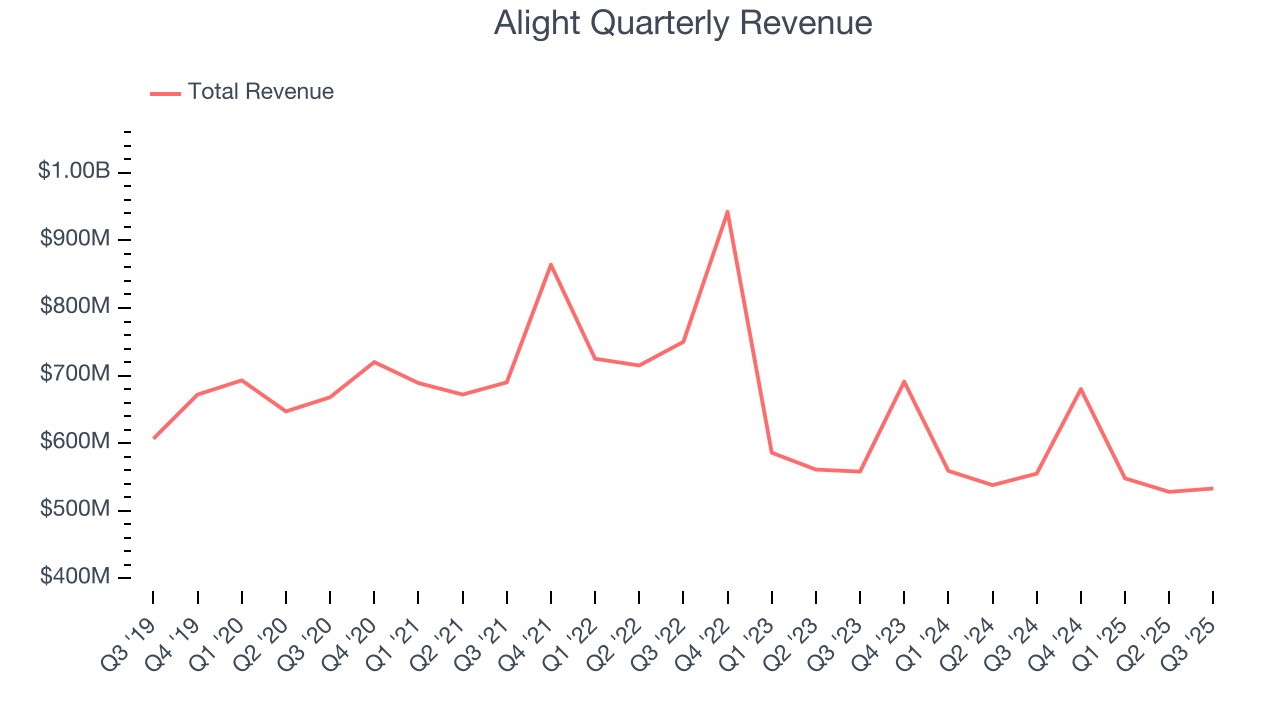
Long-term growth is the most important, but within business services, a half-decade historical view may miss new innovations or demand cycles. Alight’s recent performance shows its demand remained suppressed as its revenue has declined by 7% annually over the last two years. 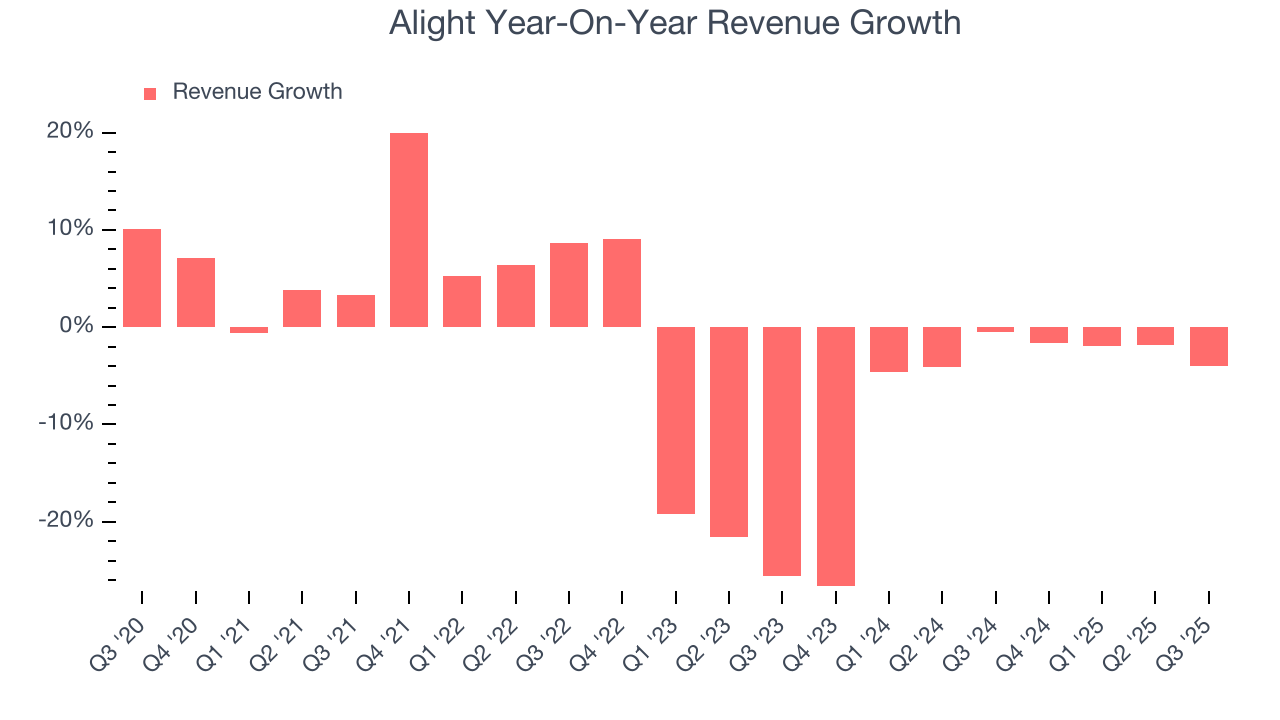
This quarter, Alight missed Wall Street’s estimates and reported a rather uninspiring 4% year-on-year revenue decline, generating $533 million of revenue.
Looking ahead, sell-side analysts expect revenue to grow 2.1% over the next 12 months. Although this projection indicates its newer products and services will fuel better top-line performance, it is still below the sector average.
6. Operating Margin
Operating margin is a key measure of profitability. Think of it as net income - the bottom line - excluding the impact of taxes and interest on debt, which are less connected to business fundamentals.
Alight’s high expenses have contributed to an average operating margin of negative 17.6% over the last five years. Unprofitable business services companies require extra attention because they could get caught swimming naked when the tide goes out. It’s hard to trust that the business can endure a full cycle.
Analyzing the trend in its profitability, Alight’s operating margin decreased significantly over the last five years. Alight’s performance was poor no matter how you look at it - it shows that costs were rising and it couldn’t pass them onto its customers.
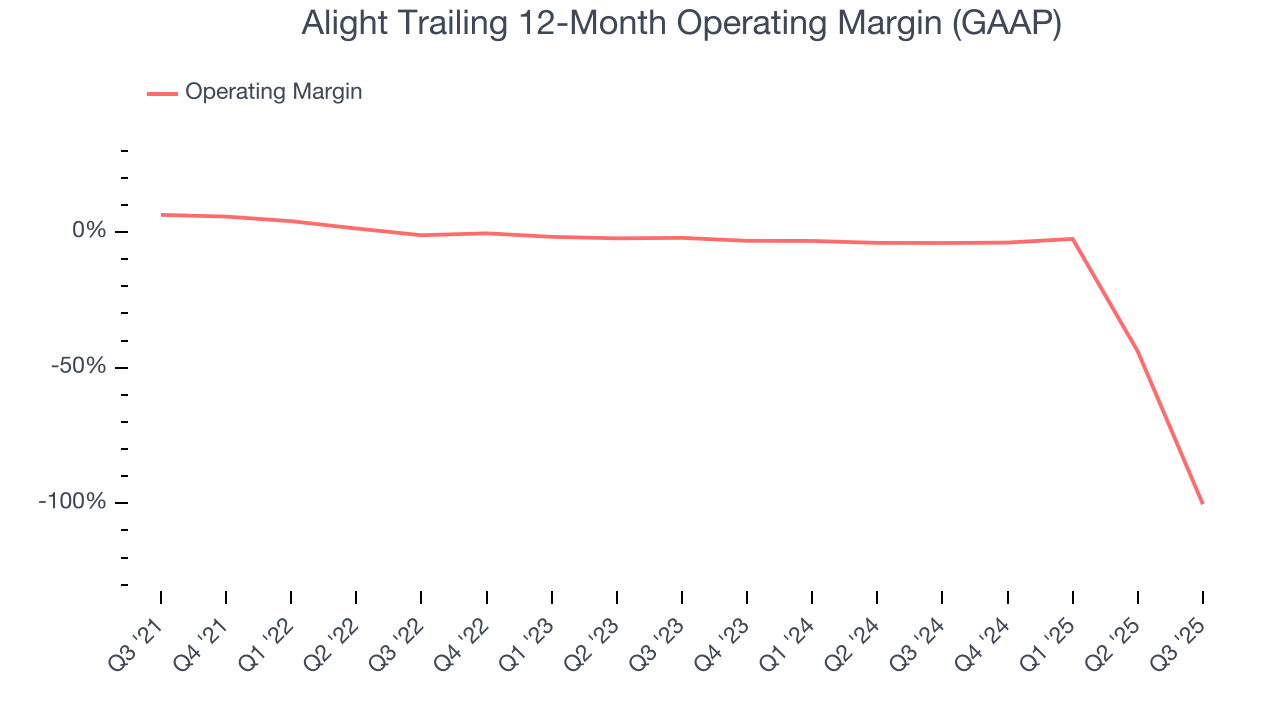
In Q3, Alight generated a negative 248% operating margin. The company's consistent lack of profits raise a flag.
7. Earnings Per Share
We track the long-term change in earnings per share (EPS) for the same reason as long-term revenue growth. Compared to revenue, however, EPS highlights whether a company’s growth is profitable.
Alight’s full-year EPS flipped from negative to positive over the last four years. This is encouraging and shows it’s at a critical moment in its life.
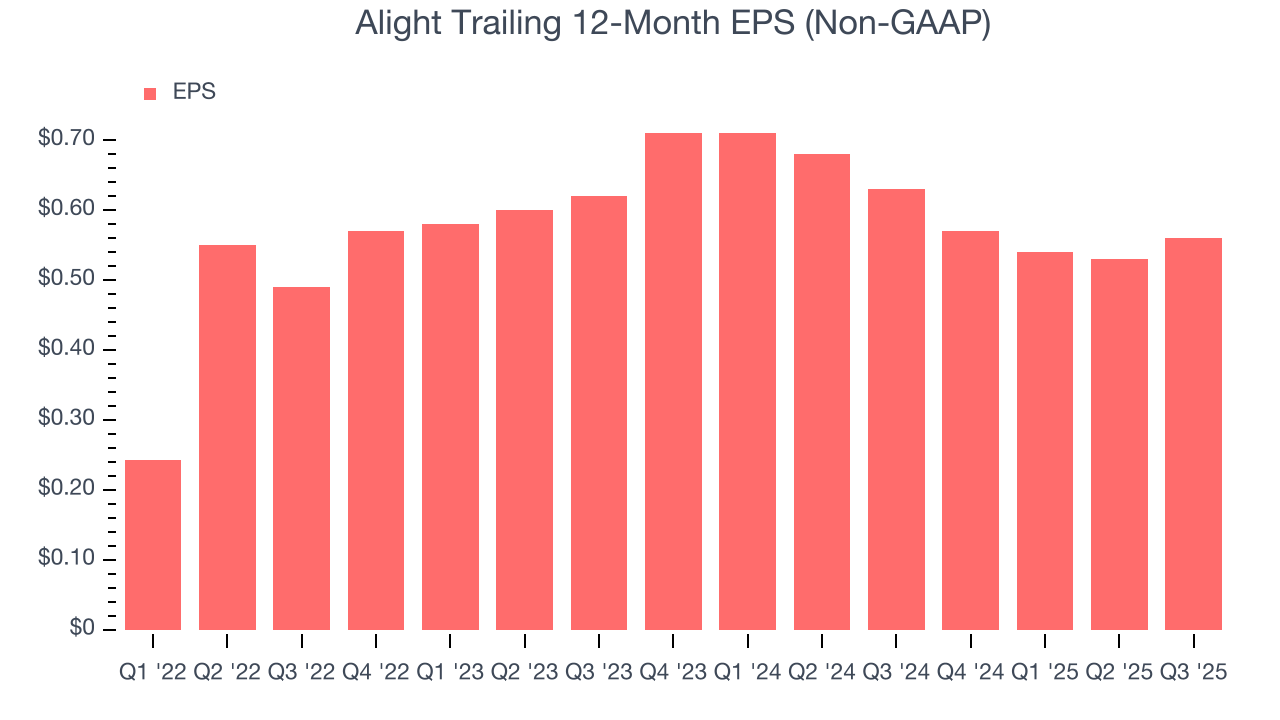
Like with revenue, we analyze EPS over a shorter period to see if we are missing a change in the business.
Sadly for Alight, its EPS and revenue declined by 5% and 7% annually over the last two years. We tend to steer our readers away from companies with falling revenue and EPS, where diminishing earnings could imply changing secular trends and preferences. If the tide turns unexpectedly, Alight’s low margin of safety could leave its stock price susceptible to large downswings.
In Q3, Alight reported adjusted EPS of $0.12, up from $0.09 in the same quarter last year. Despite growing year on year, this print missed analysts’ estimates, but we care more about long-term adjusted EPS growth than short-term movements. Over the next 12 months, Wall Street expects Alight’s full-year EPS of $0.56 to grow 12%.
8. Cash Is King
If you’ve followed StockStory for a while, you know we emphasize free cash flow. Why, you ask? We believe that in the end, cash is king, and you can’t use accounting profits to pay the bills.
Alight has shown decent cash profitability, giving it some flexibility to reinvest or return capital to investors. The company’s free cash flow margin averaged 5.6% over the last five years, slightly better than the broader business services sector.
Taking a step back, we can see that Alight’s margin expanded by 4.3 percentage points during that time. This shows the company is heading in the right direction, and we can see it became a less capital-intensive business because its free cash flow profitability rose while its operating profitability fell.
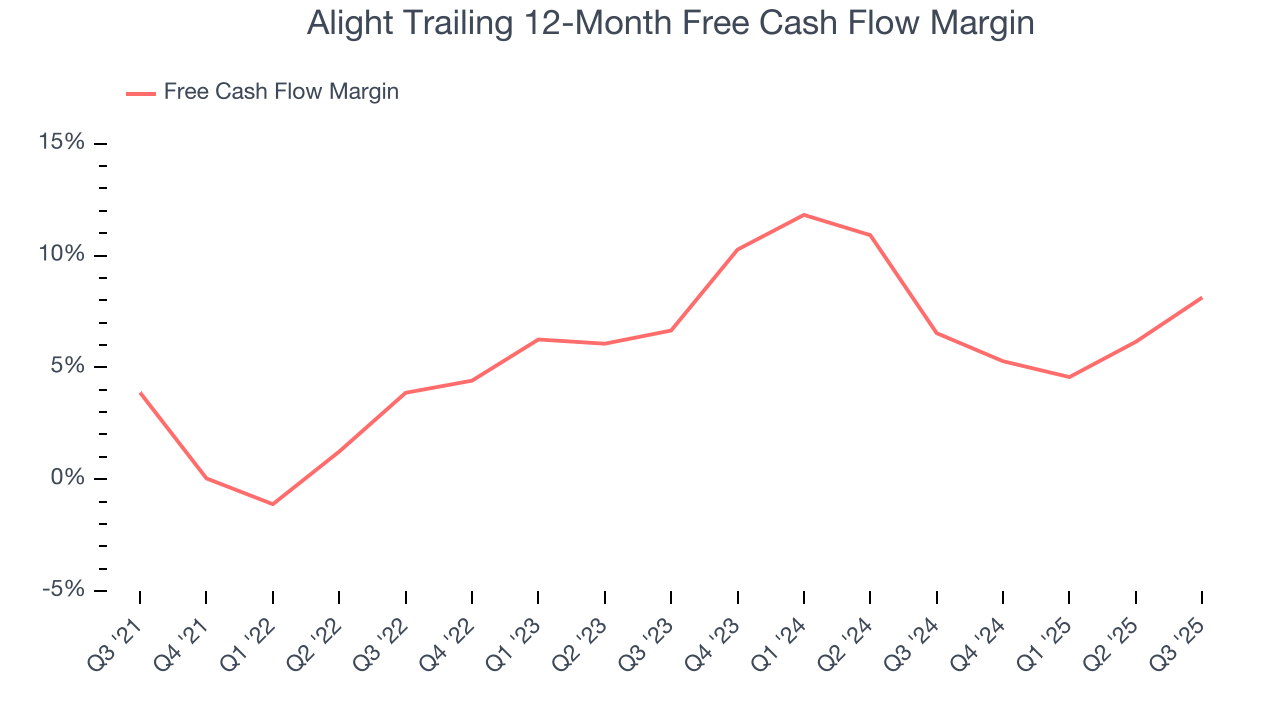
Alight burned through $8 million of cash in Q3, equivalent to a negative 1.5% margin. The company’s cash burn slowed from $52 million of lost cash in the same quarter last year. These numbers deviate from its longer-term margin, indicating it is a seasonal business that must build up inventory during certain quarters.
9. Return on Invested Capital (ROIC)
EPS and free cash flow tell us whether a company was profitable while growing its revenue. But was it capital-efficient? A company’s ROIC explains this by showing how much operating profit it makes compared to the money it has raised (debt and equity).
Alight’s five-year average ROIC was negative 8.7%, meaning management lost money while trying to expand the business. Its returns were among the worst in the business services sector.
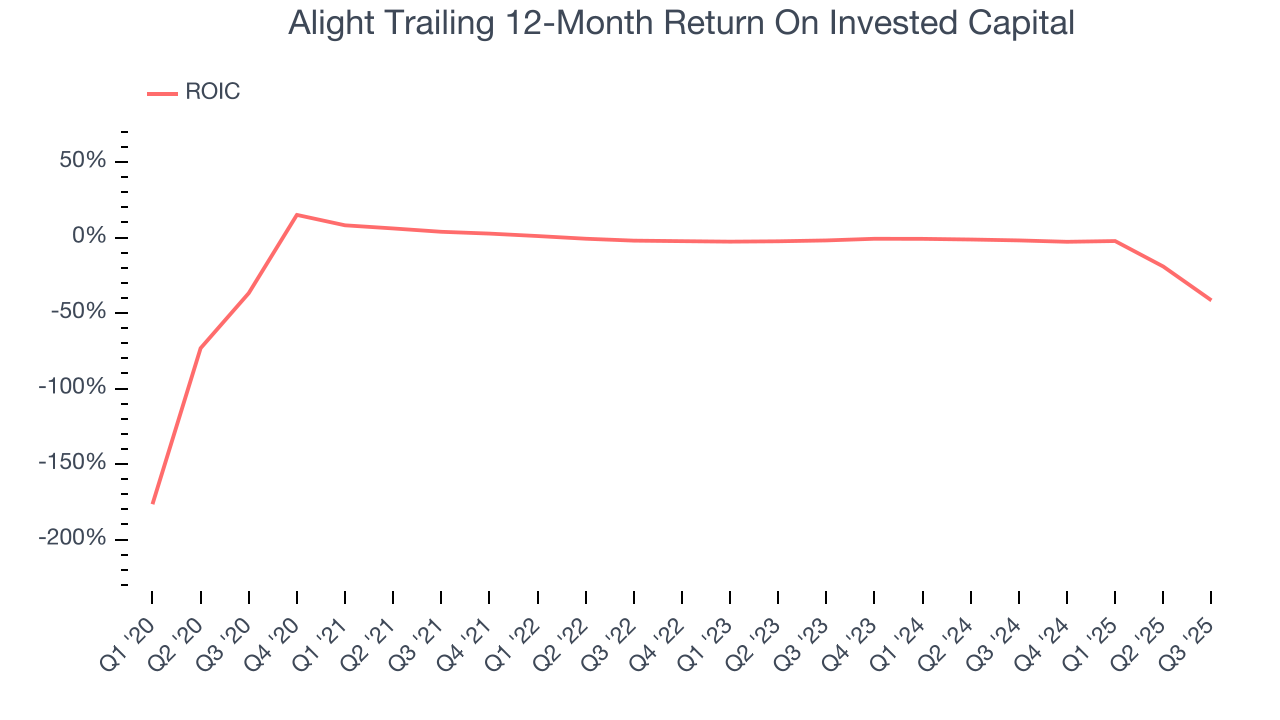
We like to invest in businesses with high returns, but the trend in a company’s ROIC is what often surprises the market and moves the stock price. Unfortunately, Alight’s ROIC has decreased significantly over the last few years. Paired with its already low returns, these declines suggest its profitable growth opportunities are few and far between.
10. Balance Sheet Assessment
Alight reported $205 million of cash and $2.01 billion of debt on its balance sheet in the most recent quarter. As investors in high-quality companies, we primarily focus on two things: 1) that a company’s debt level isn’t too high and 2) that its interest payments are not excessively burdening the business.
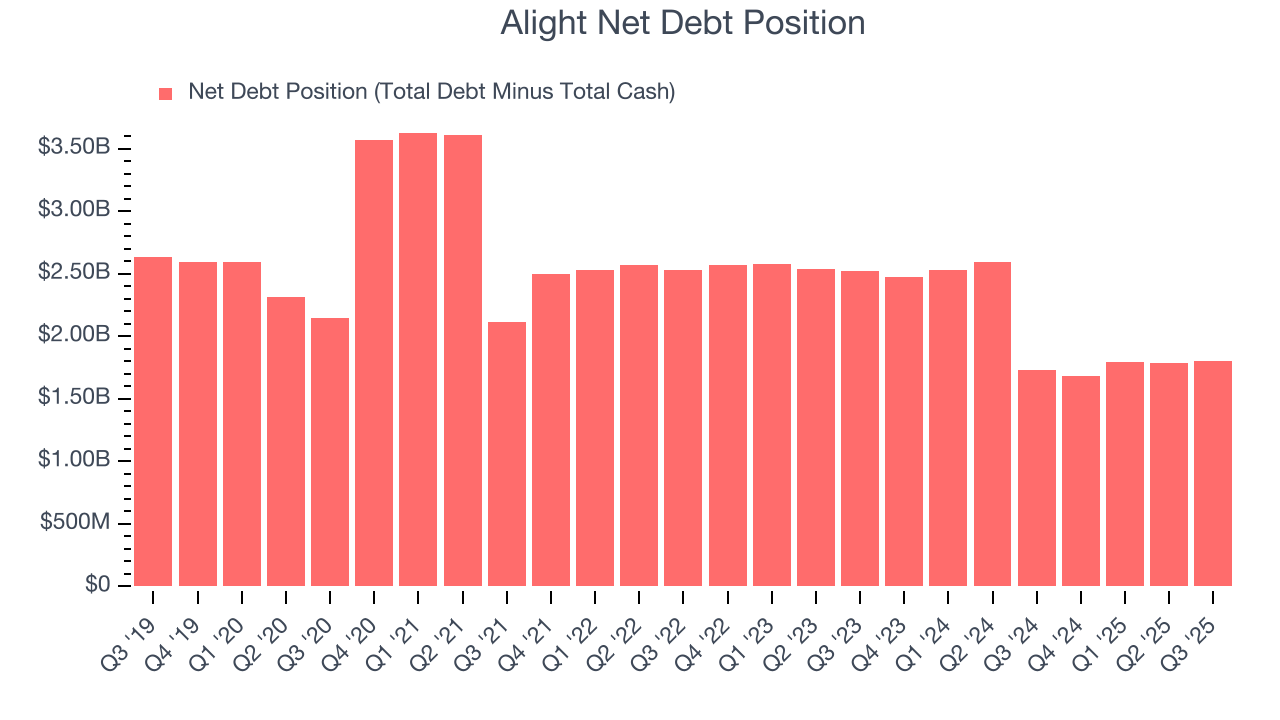
With $600 million of EBITDA over the last 12 months, we view Alight’s 3.0× net-debt-to-EBITDA ratio as safe. We also see its $40 million of annual interest expenses as appropriate. The company’s profits give it plenty of breathing room, allowing it to continue investing in growth initiatives.
11. Key Takeaways from Alight’s Q3 Results
We struggled to find many positives in these results. Its full-year EPS guidance missed and its EPS was in line with Wall Street’s estimates. Overall, this was a weaker quarter. The stock traded down 2.8% to $2.62 immediately after reporting.
12. Is Now The Time To Buy Alight?
Updated: December 3, 2025 at 11:26 PM EST
Before deciding whether to buy Alight or pass, we urge investors to consider business quality, valuation, and the latest quarterly results.
We see the value of companies helping their customers, but in the case of Alight, we’re out. To kick things off, its revenue has declined over the last five years. And while its rising cash profitability gives it more optionality, the downside is its diminishing returns show management's prior bets haven't worked out. On top of that, its relatively low ROIC suggests management has struggled to find compelling investment opportunities.
Alight’s P/E ratio based on the next 12 months is 3.7x. While this valuation is optically cheap, the potential downside is huge given its shaky fundamentals. There are better stocks to buy right now.
Wall Street analysts have a consensus one-year price target of $5.86 on the company (compared to the current share price of $2.19).
Although the price target is bullish, readers should exercise caution because analysts tend to be overly optimistic. The firms they work for, often big banks, have relationships with companies that extend into fundraising, M&A advisory, and other rewarding business lines. As a result, they typically hesitate to say bad things for fear they will lose out. We at StockStory do not suffer from such conflicts of interest, so we’ll always tell it like it is.
